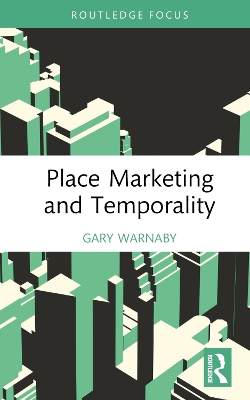Routledge Focus on Business and Management
1 total work
Much city marketing and branding activity is future-oriented; aimed at achieving a forward-looking vision for places. The aim of this activity is to attract visitors, residents and/or inward investment, and focused on communicating attractive place attributes to create a differentiated spatial ‘product’ that will appeal to particular target audiences. In seeking to achieve this, place marketing campaigns have been criticised for emphasising generic attributes, such as accessibility, infrastructure and a skilled workforce - which can serve to homogenise places which in reality are very different. However, a city’s distinctive character is a consequence of its history and development over time, and this book analyses the role of these temporal dimensions in place marketing and branding. The book analyses how the past - both material (i.e. the historic built environment) and intangible (i.e. routines, practices and the ‘character’ of the populace) - is appropriated, in order to ‘sell’ the city into the future. It acknowledges the inherent selectivity involved and discusses the factors influencing what is remembered from the past - and equally importantly, what is forgotten. Adopting a range of theoretical approaches to understanding temporality in this context, the book will appeal to advanced students, academic researchers and reflexive place branding practitioners by introducing a ‘temporal paradox’ incorporating both fixity (the material and immaterial elements of the city’s past) and fluidity (relating to the creation of the place product as a dynamic assemblage of individual elements and attributes aimed at particular target audiences).
